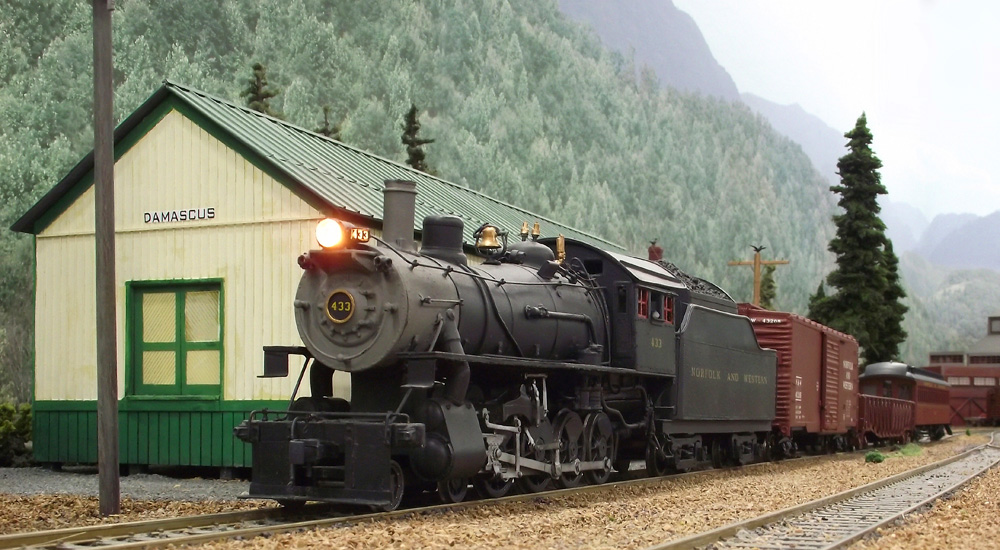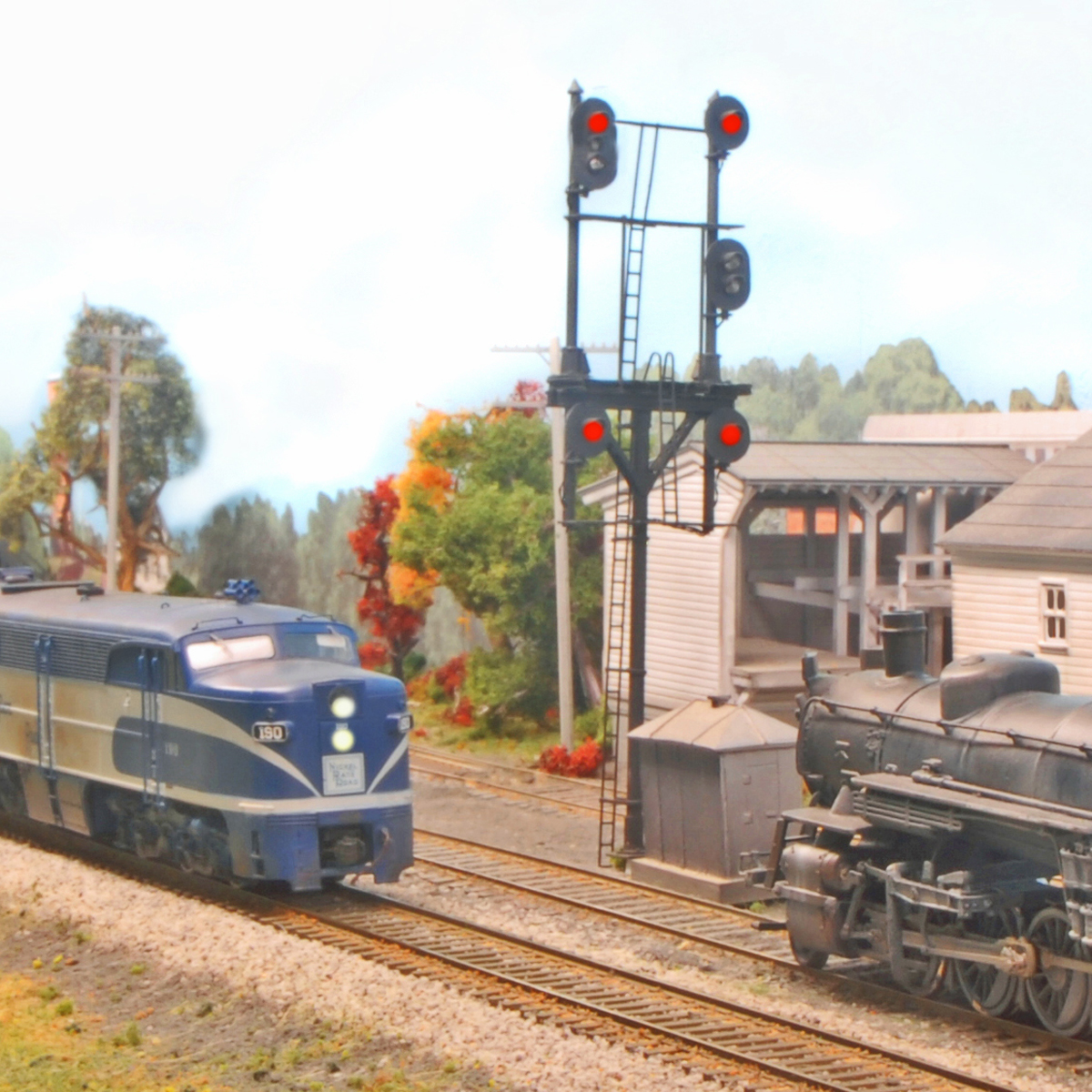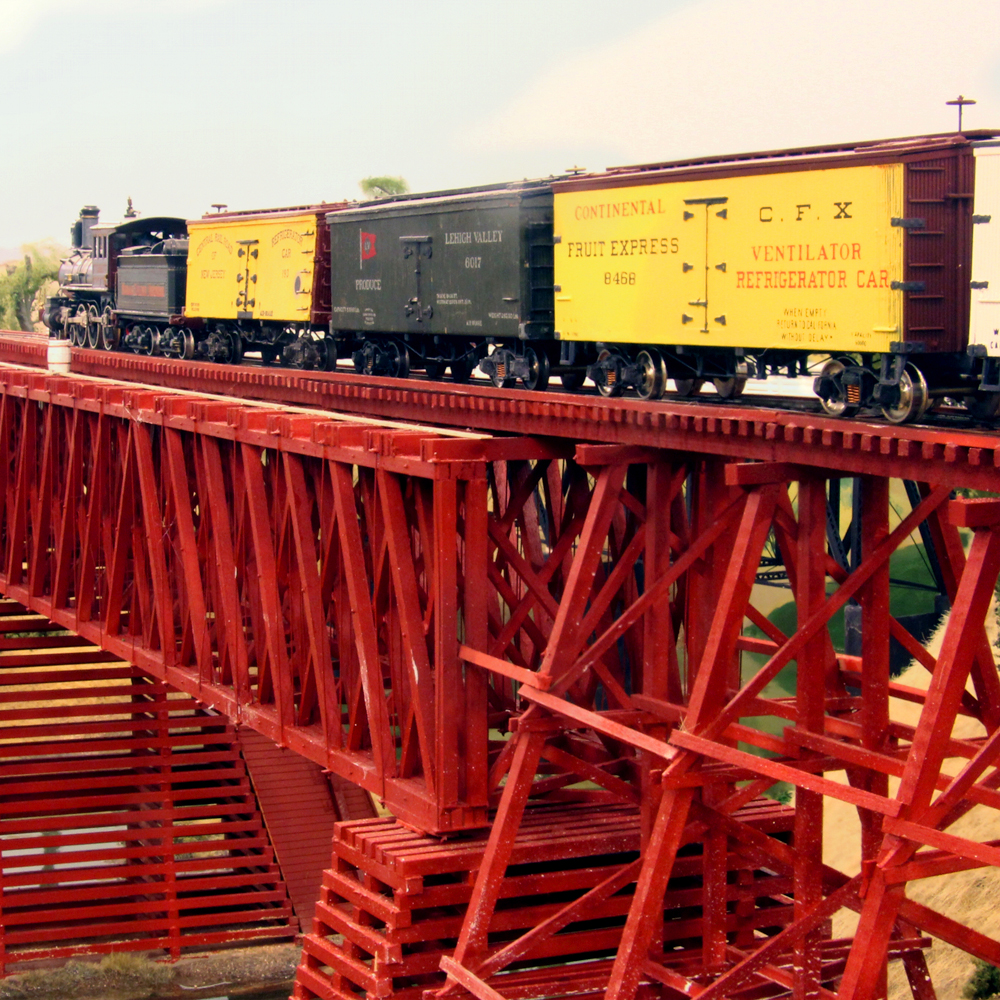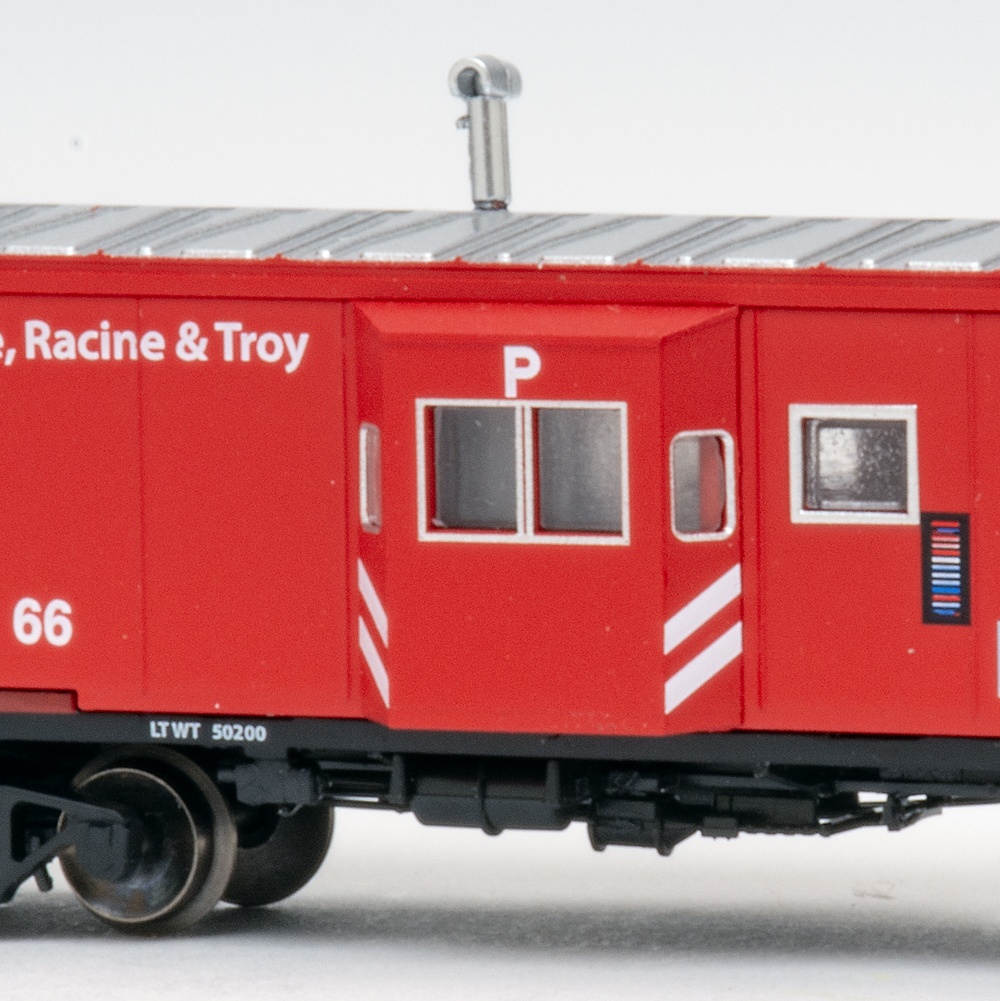
Q: Do the passenger cars in mixed trains go in front of the freight cars, or vice versa? — Stanley Lachac
A: As is so often the case in questions about railroading, the answer is, it depends. As I wrote in my answer to Joe Mizell’s question in the February 2020 “Ask MR,” a mixed train is a local that has both freight and mail/passenger cars. They often ferry workers to and from their jobs at the end of a logging line or a long mine spur. You also see them on sleepy branch lines that don’t get enough traffic to warrant a separate passenger train.
The fact that these trains are often the only ones that serve the branch means there’s going to be a lot of switching to do. This is most often the consideration when deciding whether passenger cars in mixed trains should go at the front or the back. Even though a mixed train is not by any stretch of the imagination a luxury trip, railroads still like to spare their passengers from discomfort as much as possible. To minimize the jolts of frequent coupling and uncoupling, railroads most often put passenger cars at the end of a mixed train. That way, the train can drop the car on the main while doing its switching, then pick it up when it’s time to proceed. This position at the end of the train also spares passengers from having to breathe engine exhaust.
But as writer William Stixrud pointed out in his letter published in the September 2021 “Ask MR,” there are reasons a passenger car might be coupled right behind the engine, ahead of the freight cars. One such reason is the weather. If it’s cold and the car needs steam heating, the railroad might have to connect the car to the locomotive’s steam line. But branch line mixed trains usually don’t get the newest or finest passenger equipment, so depending on the era you model, those cars might be old enough to have their own coal or wood stove for heating. Check the car’s roof for a smokejack. If there isn’t one, and it’s winter, the car probably needs steam heat, so couple it behind the engine. But if the car has a smokejack, or if you model warmer months or warmer regions, put it at the back.
Send us your questions
Have a question about modeling, operation, or prototype railroads? Send it to Senior Associate Editor Steven Otte at Steven.Otte@Firecrown.com. Be sure to put “Ask MR” in the subject.














My first “real” train ride was on the Pennsylvania RR in the early 1960s; I was about 7 or 8 years old. We caught the train at Elwood, IN, and rode it to Richmond. It was a Chicago-Cincinnati run, apparently unnamed Train # 70. There were E units on the front of a LONG freight train; two coaches were on the rear. The second time I rode it, a caboose was behind the coaches. We changed trains in Richmond to a “full” passenger train to Columbus, OH. Mixed trains don’t always have to be short locals.